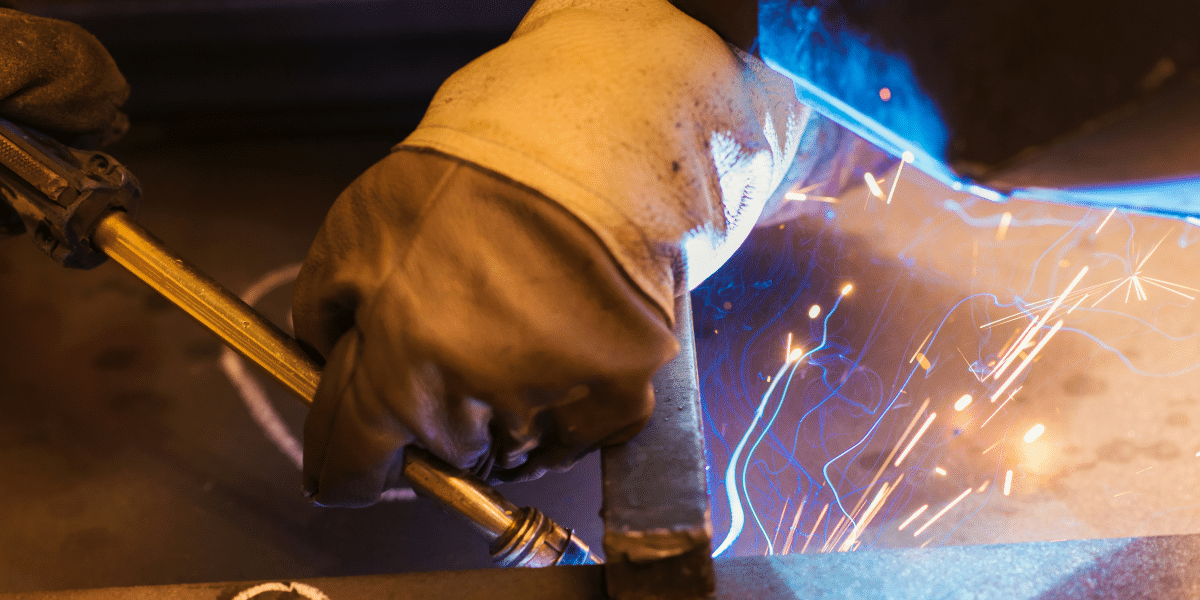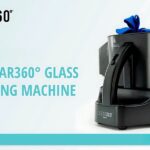In many industries, specifically in production, welding is used to enroll in metal parts. The unusual techniques are laser seam and spot welding. Choose one. Both methods help enroll in steel portions collectively. However, they work differently and have exclusive programs. This guide will explain the main variations among the 2, how to use them, and what suits your needs.
What Is Laser Seam Welding?
Steel portions are joined en masse in laser seam welding with desk-bound traces or seams created with a laser. The laser’s warmness cools the steel, and the portions fuse en masse when it cools. This procedure results in a smoother, longer weld.
This kind of welding may be very accurate and is utilized in applications that include vehicles and aircraft that require more potent and longer welds.
Key Points About Laser Seam Welding:
- It makes use of a laser to fuse the metallic alongside the traces.
- It produces a smoother, longer weld.
- Suitable for durable, accurate welds.
- It is very commonly utilized in automotive and aircraft manufacturing.
What Is Spot Welding?
Spot welding is a simple method in which metallic elements are welded in special places or “spots.” Metal electrodes are pressed into pieces of metal, and strength flows through them, generating warmth. This warmth melts the metal in these areas, and when it cools, it joins the parts together.
Spot welding is rapid and is typically used for welding skinny metals, including metal frames for the auto.
Key Points About Spot Welding:
- It uses power to weld small areas.
- Suitable for flat iron or metallic frames.
- It is usually used in auto parts production.
- Straightforward and speedy technique.
How Do Laser Seam Welding and Spot Welding Work?
- In short, in laser seam welding, the laser beam is focused on the seam on two sides of the metallic. The laser melts the steel as it moves along the road, growing a nonstop weld.
- In spot welding, portions of metal are welded collectively among electrodes. Electric current flows via electrodes, heating the metal at specific points and connecting the pieces.
Main Differences Between Laser Seam Welding and Spot Welding
- Type of Weld: Laser seam welding gives a continuous weld, fusing the entire seam. Spot welding for man or woman areas of metal welding.
- Source of heat: Laser seam welding uses a laser beam for heating, while spot welding uses electricity for heating. Because of the high consciousness of the laser, laser seam welding may be accurate.
- Accuracy: Laser seam welding is correct and is used for a wide range of programs. Spot welding is likewise accurate; however, it is mainly used for easy responsibilities, which include welding metal sheets.
- Attempt: Laser seam welding typically produces a stronger weld because the whole seam is fused. Spot welding is challenging but effective in areas wherein welds are made.
- Pace: Spot welding is usually faster because each weld takes an area in seconds. Laser seam welding takes longer, specifically for longer seams; however, it may be very accurate.
- Worth: Spot welding is less expensive because the system is simpler and the process is faster. Laser seam welding is becoming high-priced due to the growing value of laser devices.
Benefits of Laser Seam Welding
- Smooth Welds: Laser seam welding provides a continuous weld that appears soft and expert.
- High Accuracy: The laser is very accurate, making it ideal for various applications.
- Low Thermal Enlargement: The heat from the laser is regular, lowering damage to the surroundings.
- Suitable for Lengthy Wires: Ideal for welding lengthy metallic portions like vehicle bodies or aircraft elements.
Benefits of Spot Welding
- Fast Motion: Spot welding may be very speedy, making it outstanding for speed painting paintings.
- Affordability: Devices are cheaper, making them fee-powerful.
- Works on thin steel surfaces: Spot welding works nicely on thin metallic surfaces, including those used in motors.
- Easy Setup: Spot welding machines are clean for installation and use.
Uses of Laser Seam Welding
Laser seam welding is used when a robust and long weld is needed. It is commonly used in:
Automotive manufacturing: Used for welding car frame elements.
- Space: For aircraft parts.
- Electronics: Small superior welding parts.
- Medical Devices: Used for welding gadgets and systems utilized in healthcare.
Uses of Spot Welding
Spot welding is used for projects that need quick and straightforward welds at specific points. It is commonly used in:
- Automotive manufacturing: Steel sheets are welded to the body of a car.
- Machinery Manufacturing: To manufacture family home equipment, including fridges and washing machines.
- Construction: Incorporated into metal frames.
- Metal Forming: Metal sheets are industrially used for welding.
Which One Should You Choose?
Consider your project, which needs to decide between laser seam welding and spot welding. Here’s a quick guide:
Choose Laser Seam Welding if you want a long, easy weld. This is very strong and particular, and it’s excellent for targeted work or for welding lengthy metal seams.
Choose Spot Welding if you need brief and cheap welds at precise points. It’s great for thin steel sheets and initiatives wherein velocity is crucial.
Summary
Laser seam and spot welding have strengths and are used in exclusive commercial programs. Laser seam welding is higher for projects that need long, precise welds, while spot welding is ideal for fast and less costly spot welds. Understanding these differences will help you select the proper technique for your task.
Published by: Nelly Chavez


















